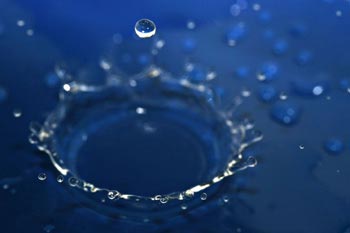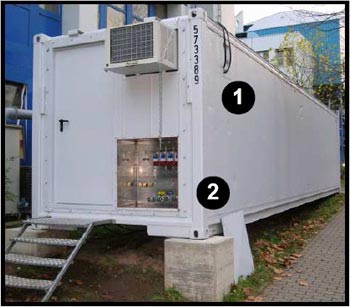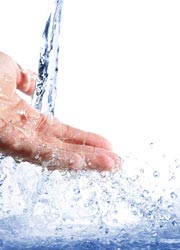
VICHEM, Water Purification Unit
VICHEM, Water Purification Unit
 The need for water suitable for human consumption is increasing as the population of our planet keeps growing, and human activities somewhat contribute to decreasing the amount of drinking water available with industrial contamination and pollution.
The need for water suitable for human consumption is increasing as the population of our planet keeps growing, and human activities somewhat contribute to decreasing the amount of drinking water available with industrial contamination and pollution.
Vichem has developed a system with a capacity which ranges from a mobile compact system that can be fitted into a 40ft container, for transportation to the place where the contamination has occurred, hence producing clean water in situ, to a full fixed unit capable of supplying purified water to a small city.
Our unit is designed for the treatment of contaminated water. It is capable of treating various sources of contaminated water such as: surface freshwater, stagnant water, residual water, brackish water, waste water from industrial process, etc. Our process is based on a membrane filtration combined with ozonation. The aim is to eliminate microbiological, organic and inorganic pollutants, even in high concentrations, from the water to be treated, in order to dispose of it without any harm to the environment, or in order to produce drinking water.
Ceramic membrane filtration is in principle a very safe and simple means of decontaminating polluted waters, as the ceramic membrane pores provide a mechanical barrier which selectively separates pollutants from the water. In practice though, things get more complicated as the membranes get frequently clogged by a layer of particles which deposit on the surface of the membranes and obstruct the pores, hence reducing the filtration’s performances. This entails complicated processes to calculate the level of pressure, the frequency of chemical back flushing cycles, and the number and types of pre-treatments in order to have cost-effective operating conditions for the filtration unit.
Ozonation technique consists in injecting ozonized water into a reactor in which the membranes are fitted. Ozone is a very powerful oxidizer produced in situ by the passage of dioxygen molecules through an electric ark. By combining ozonation with ceramic membrane filtration, a great number of pollutants can be treated, and it reduces the clogging that occurs when using ceramic membranes alone.



 Drawing of the container with system installed
Drawing of the container with system installed
The system is particularly efficient because it presents the following advantages:
- no biofouling on the membranes
- higher and more stable permeate fluxes
- no periodical backflushing of the membranes required
- higher yields of up to 99.9 % will be achieved
- only small amounts of concentrates will be produced, unproblematic for discharge
- this multiple-stage process provides a more reliable barrier for viruses and pathogens
- due to low space requirements, more compact treatment units can be designed
- the complete system is simple to control
- no further chemicals are required, just oxygen from ambient air
-
no chlorinated by-products will be produced